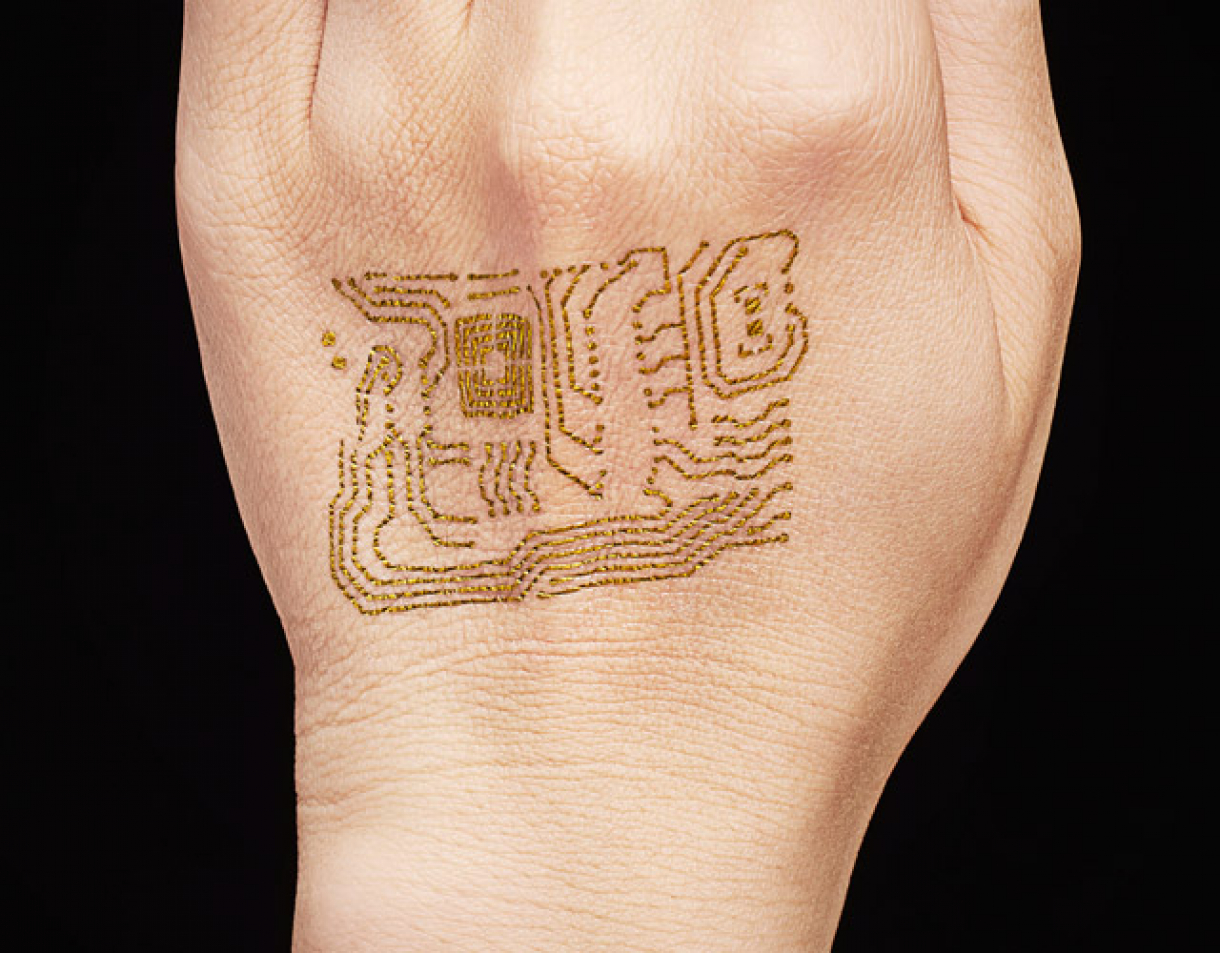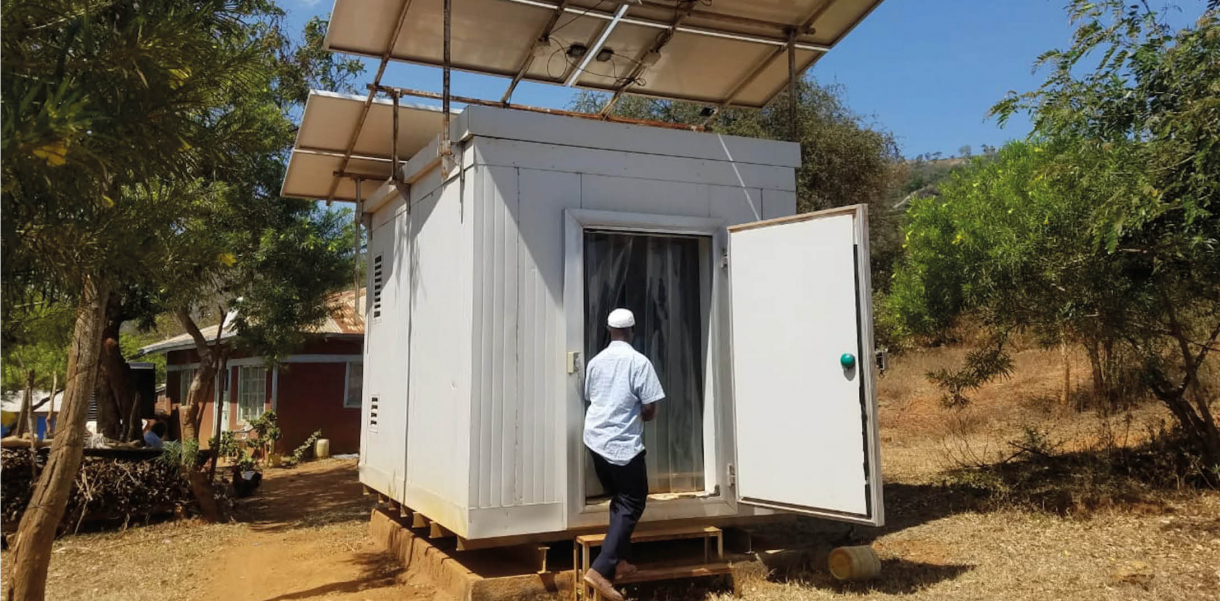Today, we face two major global developments: an ageing global population and an exponential growth of tech. Name a less iconic duo… We’ll wait. According to reports, by 2030, 34 countries will be super-aged -- that's above 65.
Japan is the world’s most aged society with 28% of its population currently over 65. The national medical cost of Japan has already cost the country trillions and the massive burden on hospitals and care facilities is only expected to worsen.
Japanese designers believe the key to helping the elderly “seize the gift of longevity” is to foster age-friendly accessibility to information. Their solution, Skin Display, is designed to serve as an alternative to current health wearables. The breathable nanomesh sensor sticks just like a bandaid and provides accurate health-monitoring.
"To find intrinsic solutions for an ageing society, sympathy and compassion for people are important."
The ‘skin’ can be worn continuously for a week without causing inflammation. It can collect vital data to keep health practitioners in the loop, as well as inform the wearer of important health notifications and reminders. The design uses simple graphics that are easy to understand - an important feature for elderly patients who have trouble reading smartphones or more traditional wearable interfaces.
This electronic skin could drastically change the way home healthcare systems operate. It offers an easy and non-invasive way to monitor patients continuously without the need for more people or resources.
But, why would skin electronics be better than any other smart device or wearable? The designers simply explain it as more human. “When messages from people you care about are displayed on your skin, you feel they are closer to you,” says Professor Takao Someya. “To find intrinsic solutions for an ageing society, sympathy and compassion for people are important. I believe that future technology should be gentle to people.”
Designers: Professor Takao Someya, University of Tokyo's Graduate School of Engineering - Japan
UN SDGs: Good health and well-being
DTIL Goals: Balance human and artificial intelligence
Skin Display from The Index Project on Vimeo. Music: Lee Rosevere









